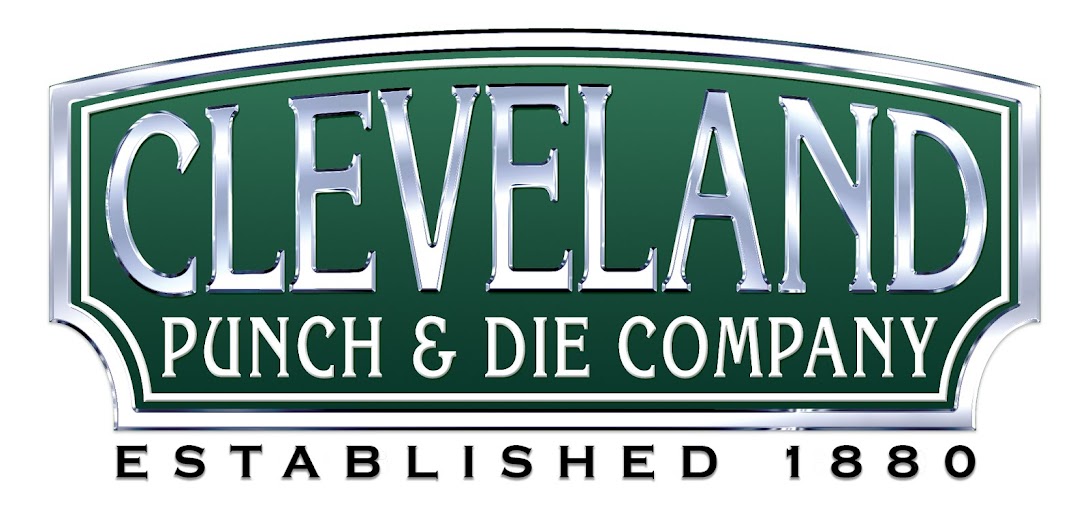The Cleveland Punch and Die tip of the day is perhaps the most important when it comes to punching; the use of
lubrication (Punch Easy). Lubricating the tooling on a punching machine can play an influential role in extending tooling life. Understanding the forces that occur in the space between the punch and the material being punched may help explain why lubrication should be used. As the punch passes through the material, tiny amounts of the material are fused to the punch surface. As punching cycles continue, layer upon layer of material is deposited on the punch, causing the punch diameter to actually grow. The clearance between the punch and die eventually becomes so small that the punch may become pressed into the die. Lubricants act as a barrier between the punch and the material, which will significantly reduce the amount of material deposited on the punch, thus prolonging its life.
The most commonly asked question when it comes to lubrication is "Which kind of lubricant works best?" Obviously, the higher the viscosity, the greater the protection. The higher viscosity works especially well for slowly retracting punching applications. However, on fast-cycling punching machines, the protective barrier on the sides of the punch can become a sticky, air-displacing vacuum generator on the face of the punch. During the fast retraction of the punch, the slug may pull out of the die and actually adhere to the punch face.
As mentioned earlier, CPD recommends our patented lubricant
Punch Easy. Punch Easy is a non-pigmented, honey colored, heavy duty, odorless punching and shearing oil for thick materials. It is used on ferrous or non-ferrous metals where scoring, galling and friction is a problem. Its is a particularly good punch and shear oil for thick,
high carbon steel, armor plate, grader blade, farm implement tools and
stainless steels. Punch Easy is unparalleled for high production and multiple stage punching or stamping operations. Actual pyrometer readings indicate an operating heat reduction in drawn parts, punches and dies of as much as 40%. Punch Easy is to be used for cold applications and is not designed for any hot applications. Punch Easy may be used right out of the container or diluted with light mineral oil or "Easy Thin" for less severe jobs. Punch Easy is available in quarts, gallons, 5-gallon pails, case lots, and 55 gallon drums. Easy Thin can be purchased in gallon containers and works best when diluting Punch Easy. Call your CPD representative to order your Punch Easy today!!












